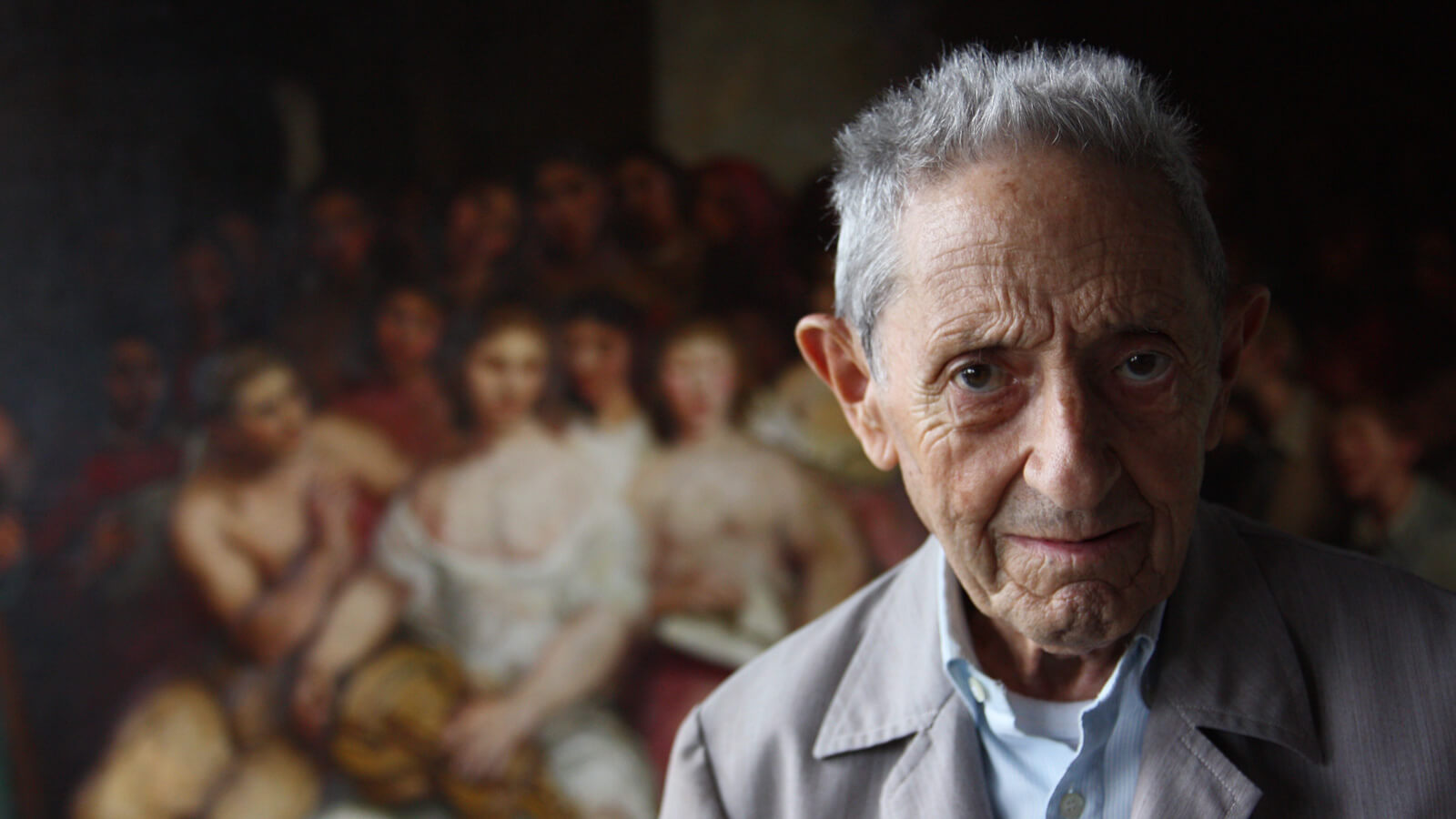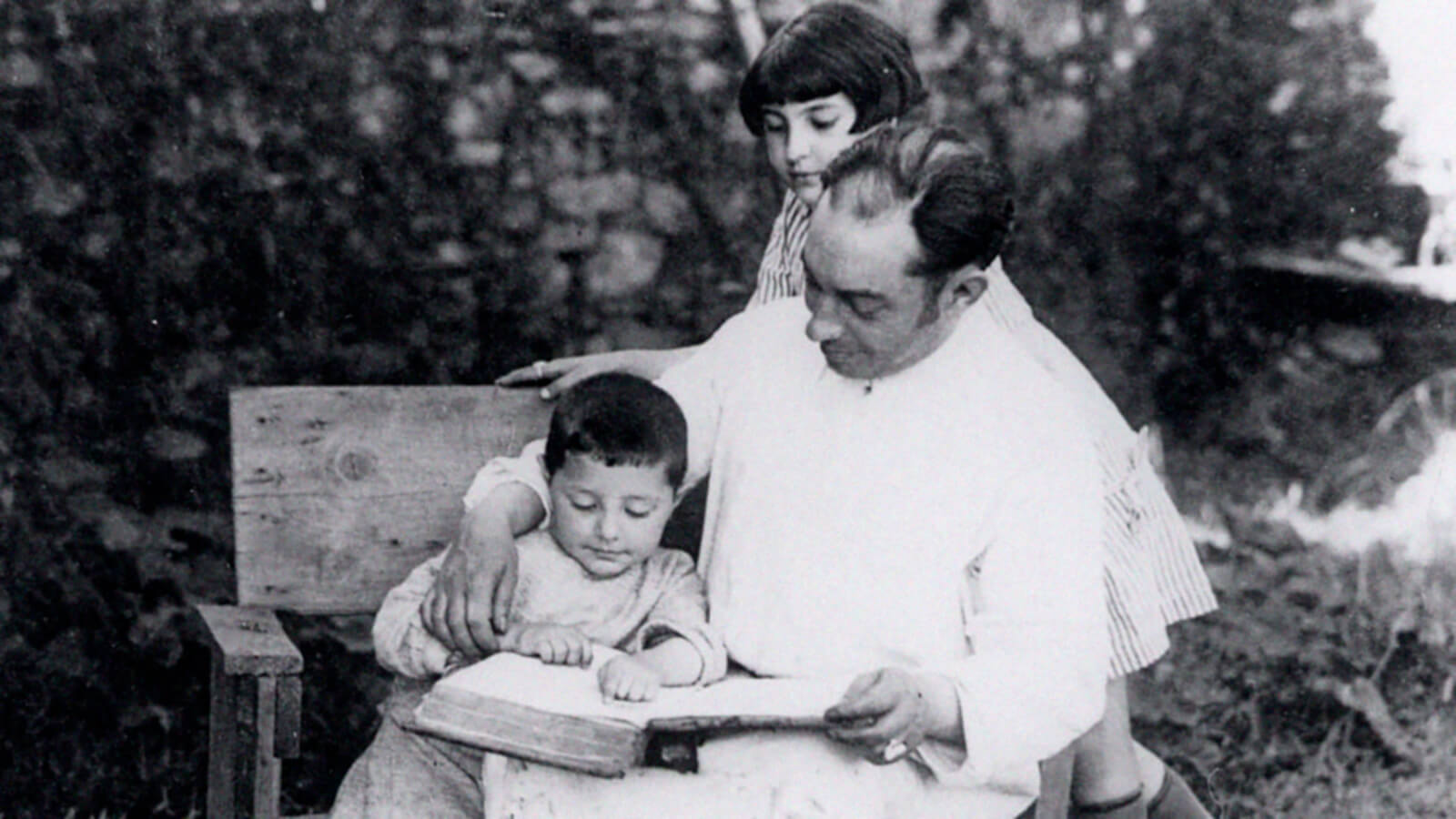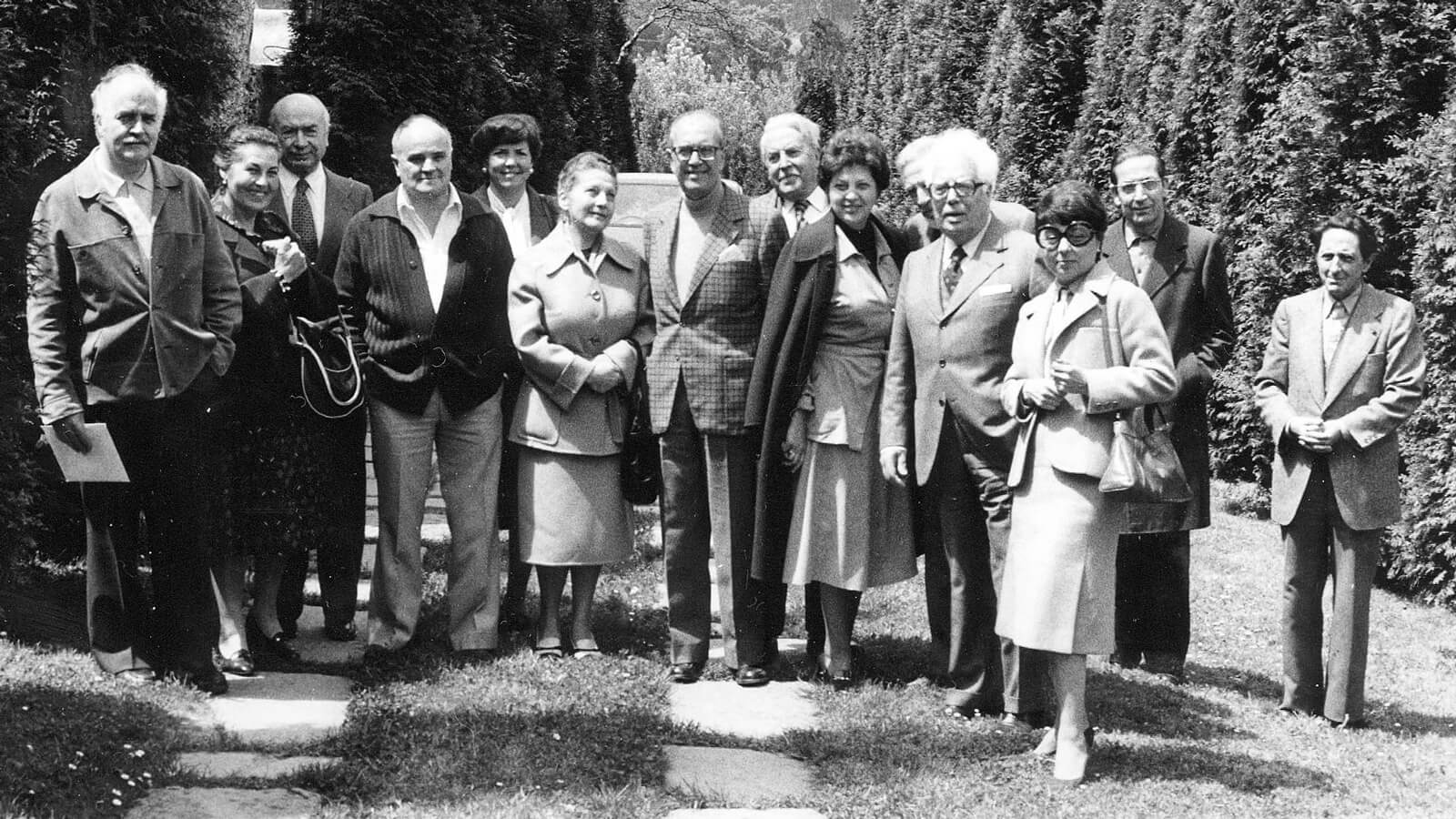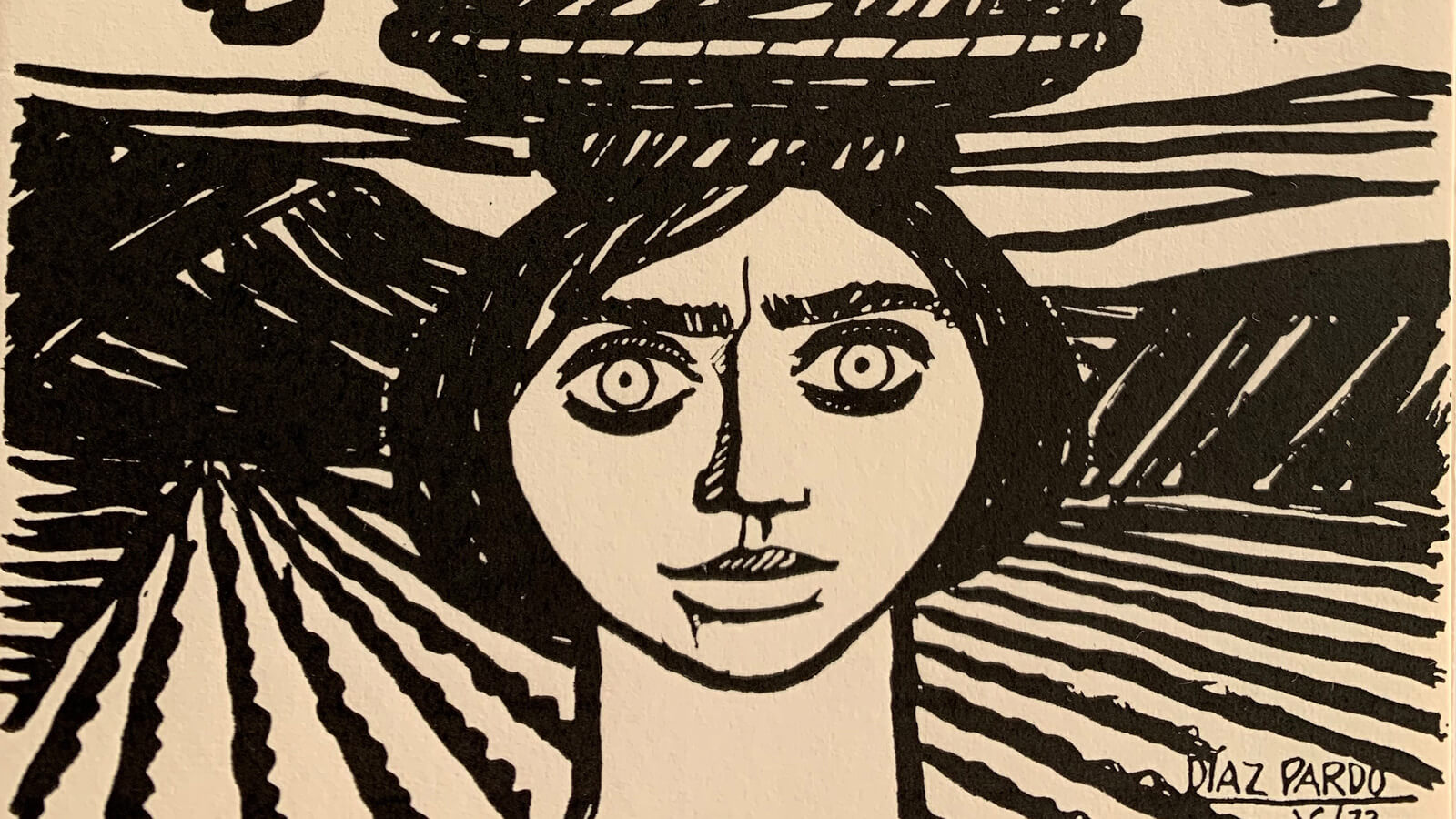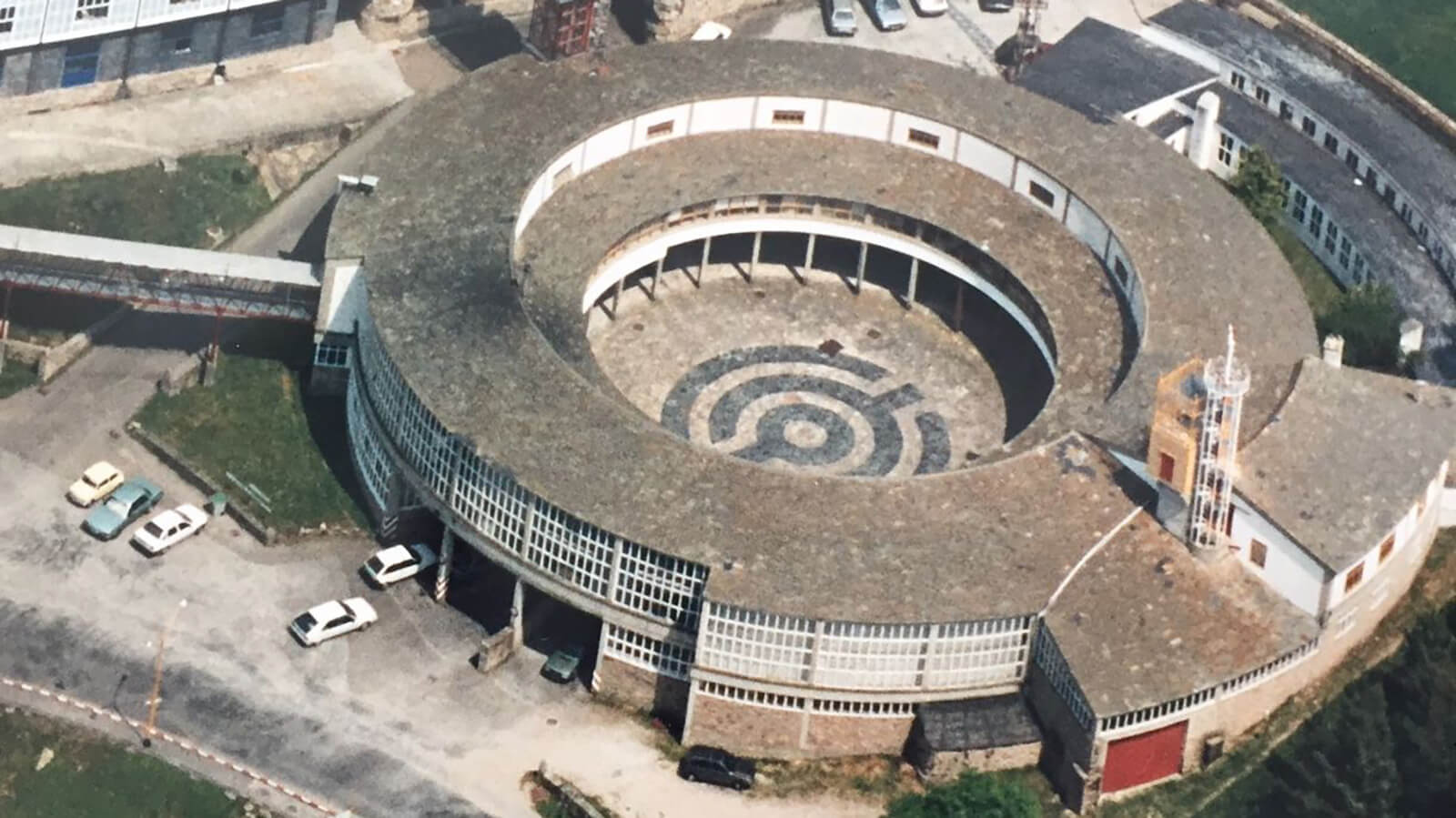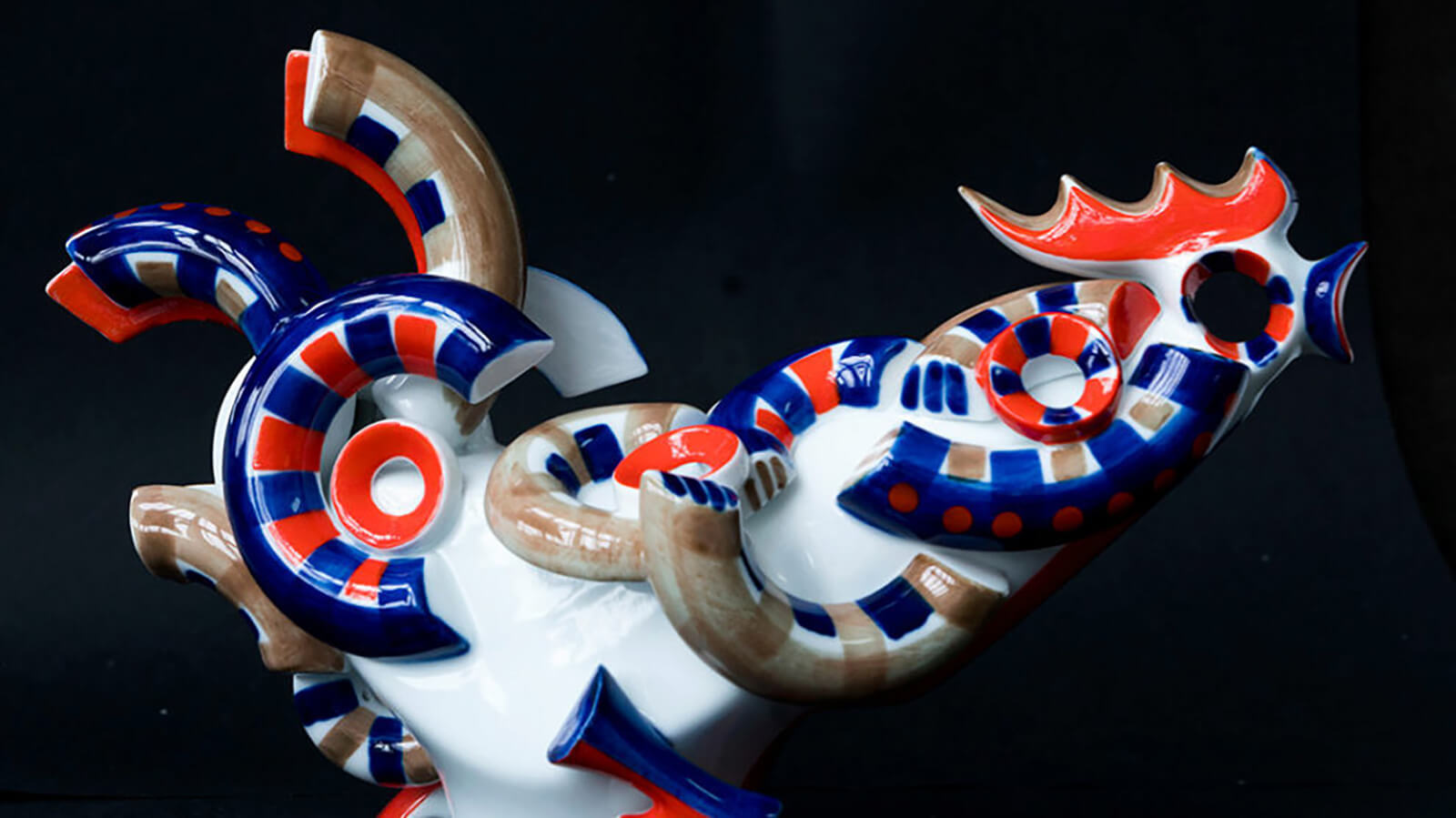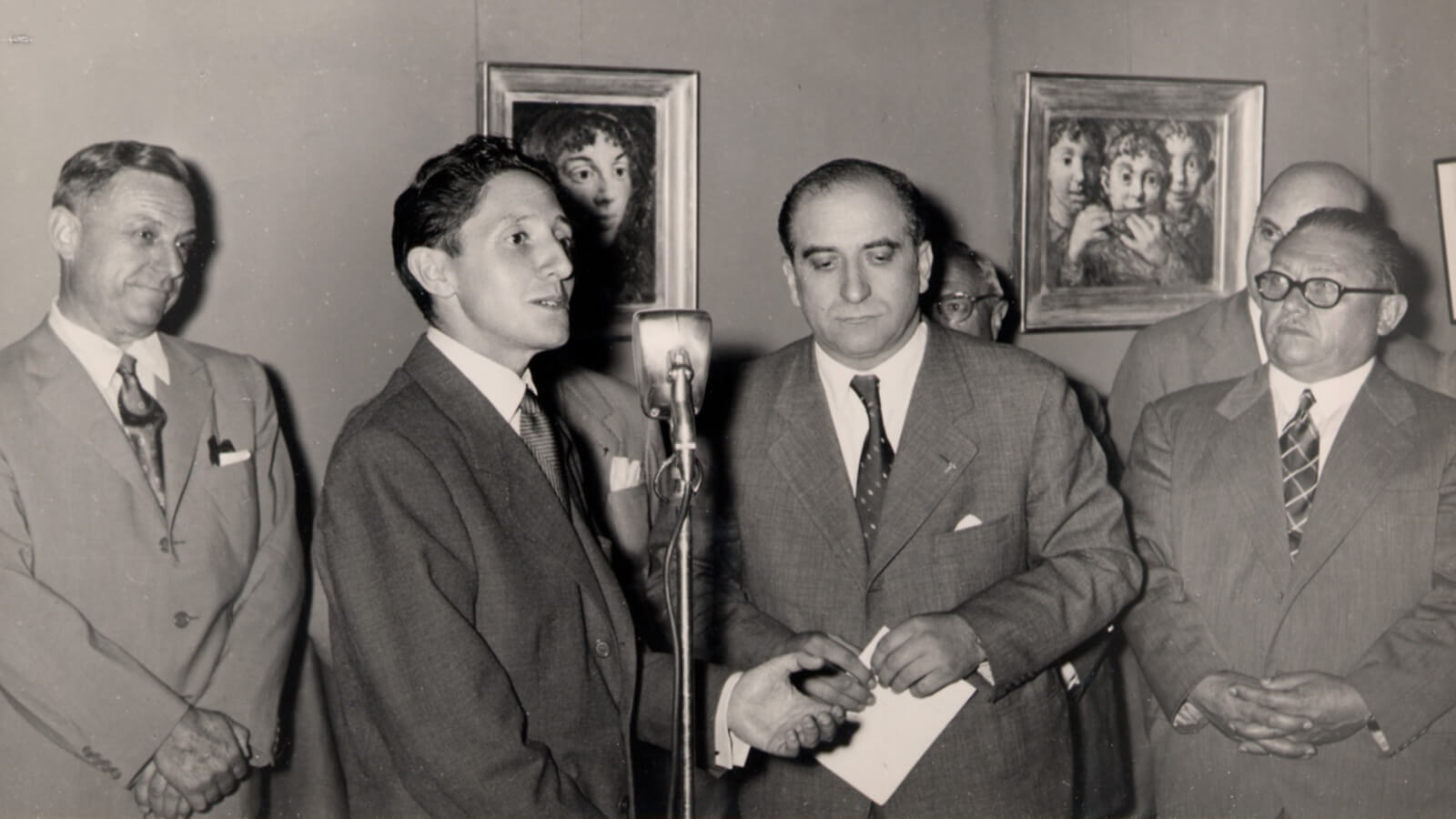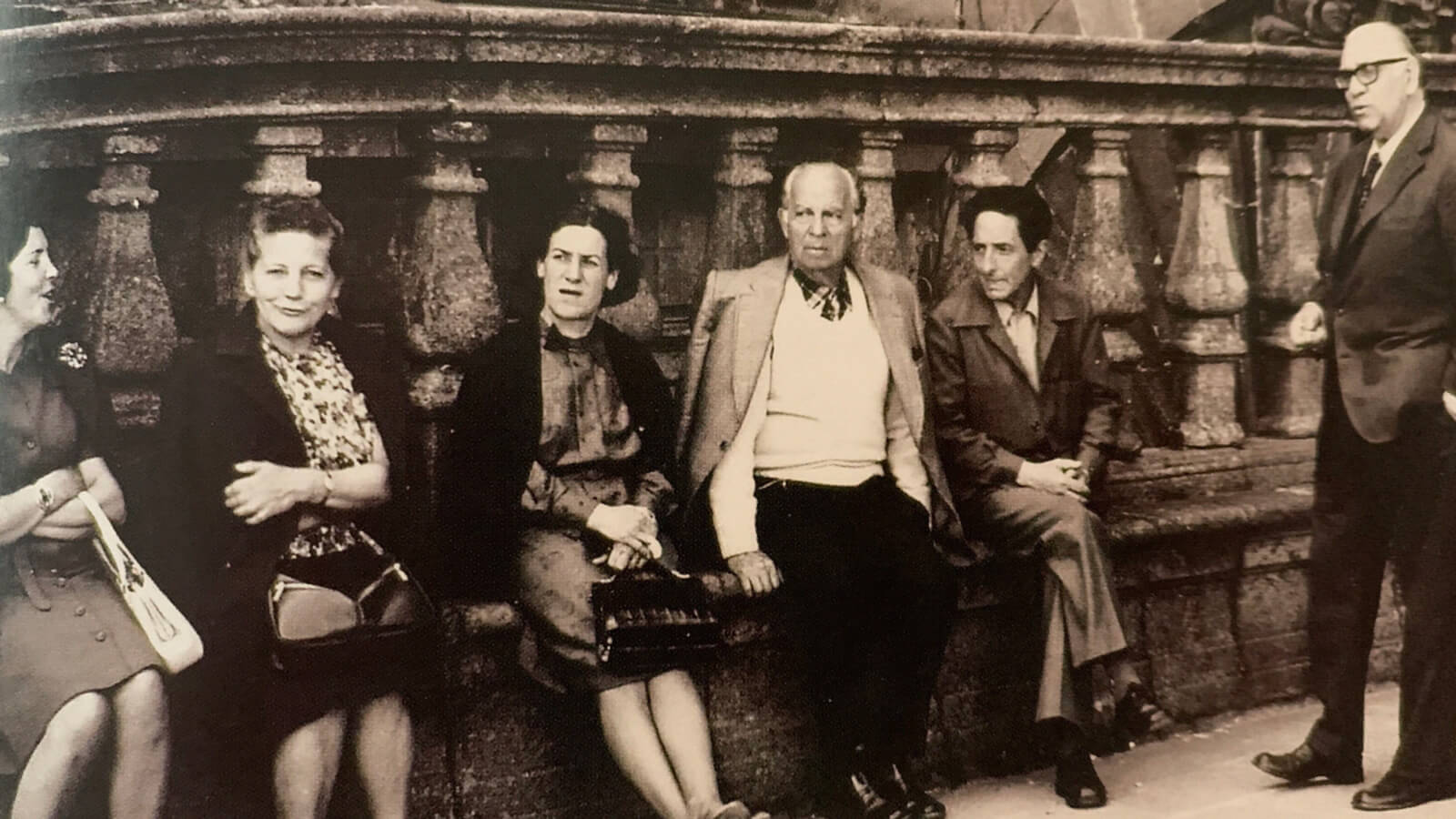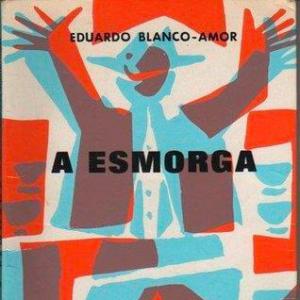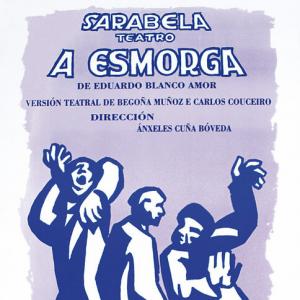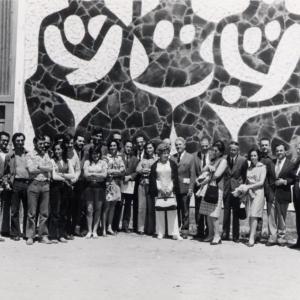Storyteller, poet, playwright, essayist and prodigious orator and conversationalist. Born in Orense in 1897, at the age of 15 he began to work as an editorial assistant in the Diario de Orense and used to frequent Vicente Risco’s informal gatherings.
Storyteller, poet, playwright, essayist and prodigious orator and conversationalist.
In 1919 he emigrated to Buenos Aires, where he quickly became part of the community of Galician émigrés in Argentina, and particularly those in the Federation of Galician Societies. Together with Eliseo Pulpeiro and Ramón Suárez, he edited the magazine Céltiga and the Federation’s newsletter with Ramón Illa Couto. In 1925 he began to work in the daily La Nación, first as a reporter in Argentina and then in 1928 as a correspondent in Spain. During his stay in Spain, Blanco.-Amor travelled around the country and met Castelao, numerous intellectuals from the Galicianist party and the Nós group, as well as the young Díaz Pardo in his father’s workshop.
In 1919 he emigrated to Buenos Aires, where he soon became part of the community of Galician émigrés in Argentina, and particularly those in the Federation of Galician Societies.
In 1933 he returned to Madrid and worked on the magazine La Ciudad. With the arrival of the Republic, Blanco-Amor entered into contact with the authors of the “Generation of ‘27”, particularly Federico García Lorca, for whom he wrote the prologue to his Six Galician Poems.
As a correspondent in Spain for the newspaper La Nación, he travelled around the country and met numerous intellectuals from the Galicianist party, as well as the young Díaz Pardo in his father’s workshop.
When the Civil War broke out, he went into exile in Buenos Aires, where he remained for 45 years. In his own words: “The key event of my destiny as a man and as a writer was to have my character formed and nearly deformed in Buenos Aires, a city that grew around me, like an exoskeleton.”
When the Civil War broke out, he went into exile in Buenos Aires, where he remained for 45 years.
It was in Buenos Aires that he produced some of his most important literary works, such as La catedral y el niño, A Esmorga and Os Biosbardos. He founded the People’s Galician Theatre and published a number of plays. He was also editor of the magazine Galicia, published by the Galician Centre of Buenos Aires.
It was in Buenos Aires that he produced some of his most important literary works, such as La catedral y el niño, A Esmorga and Os Biosbardos.
Isaac used to tell the story of how on one of his trips between Argentina and Galicia, Blanco-Amor gave him the original of A Esmorga for publication by Galaxia, but the censors banned it. Luis Seoane finally arranged to have it published in 1959 by the publishing house Citania.
In 1965 he returned to Galicia for good, moving between Orense, Santiago and Vigo, where he died in 1979. In this last phase of his life, he wrote Xente ao lonxe (1972), illustrated by Díaz Pardo, and a number of plays, such as Farsas para Títeres (1973) and Teatro pra a xente (1975). He was also a member of the Royal Galician Academy.
In 1965 he returned to Galicia for good, moving between Orense, Santiago and Vigo, where he died in 1979.
In 2017 the public institutions of Galicia, headed up by the Provincial Council of Orense, created the Blanco-Amor Foundation to “preserve and spread” the work of the eminent Galician writer, boosting research, cataloguing and conservation of the archive and organising cultural and socio-cultural promotional activities.

